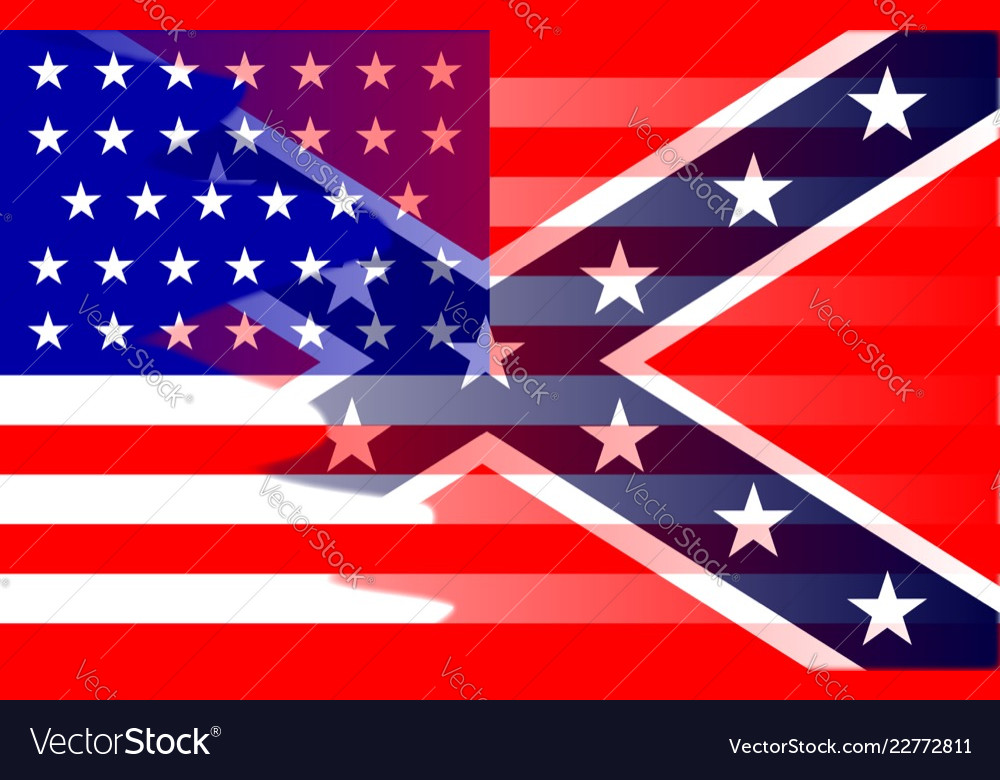
After much heated national debate, California became the 31st state, entering the union as a free state under the Compromise of 1850. As new states were added to the Union, Congress tried to achieve a balance by carefully admitting an equal number of slave states and free states.


The Gold Rush also attracted both free African-American settlers, seeking their own fortunes, as well as slave owners who brought their African-American bondsmen to labor in the gold fields. Its population stimulated by the Gold Rush, California was now home to people from the North, often referred to as free-soilers, who were against slavery, and transplanted Southerners who supported slavery and called themselves the Chivs (for ‘chivalry’.) Many Southerners passionately felt that, if necessary, Southern states should be able to leave the Union, to preserve slavery and the larger ideal of states’ rights.

Although California did not send organized regiments east, so many California citizens joined the Union Army that the 71st Pennsylvania Volunteer Infantry was known as the California Regiment. From California, the U.S Army maintained and built many forts along frontier trails, suppressed Confederate activity and secured the New Mexico Territory against the Confederate forces. The state recruited volunteer soldiers so that regular soldiers could leave the western territories for the battlefields of the East. The state of California played a valuable financial role as much of the Union government’s funding was supported by gold from California’s Sierra Nevada mountains.

California’s involvement in the American Civil War came in the form of strategy, logistics, and politics. However, many people are unaware of the significant part that California and Californians played in this epic struggle. Most people know about the great Civil War battles that were fought in the eastern and southern parts of the United States.


 0 kommentar(er)
0 kommentar(er)
